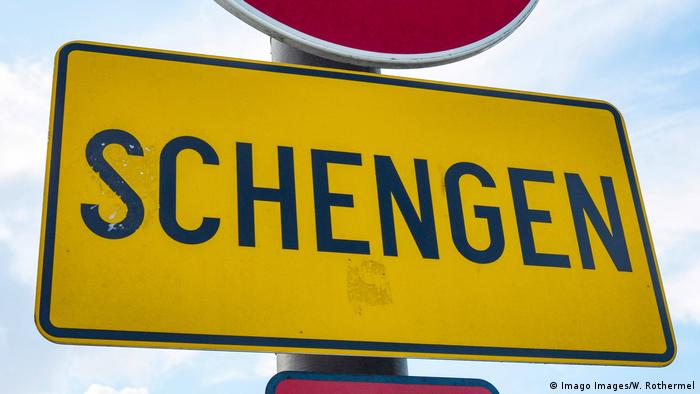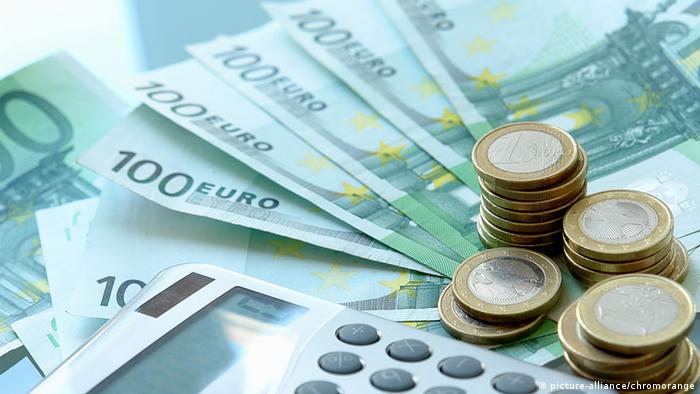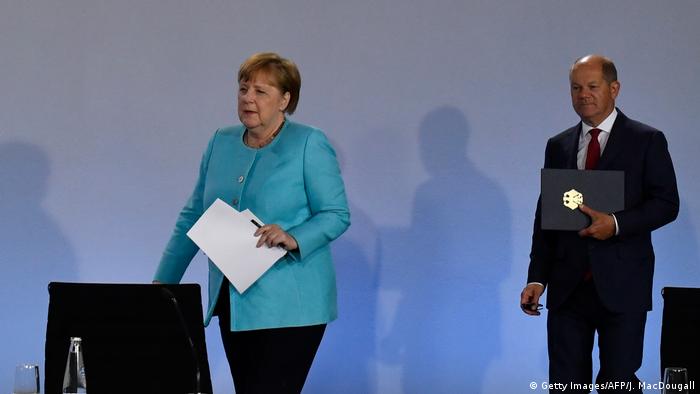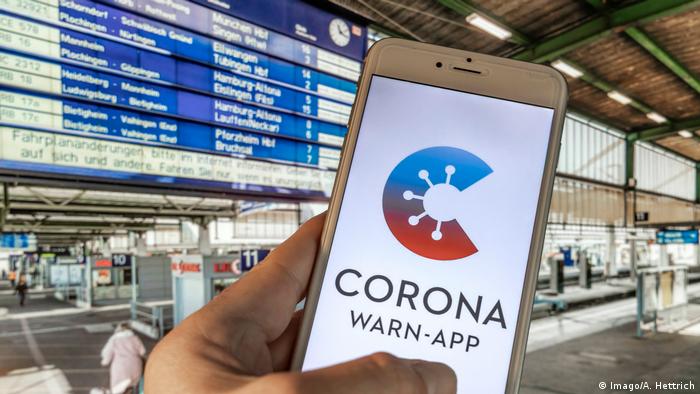The coronavirus pandemic and an attempt to prevent or at least ease the second wave of infections have forced EU member states to significantly restrict entry into their territory. At the moment, this is usually only allowed to EU citizens or holders of residence permits in the EU and Schengen area. Citizens of most non-EU or Schengen countries must have good reasons to enter. General information on restrictions and exceptions is published on the Page of the European Commission.
In addition to pan-European standards, each EU country adheres to its own requirements when deciding whether third-country nationals can enter its territory and, if so, subject to what conditions. EU countries also have the right to take their own measures to contain the pandemic, such as quarantine if they enter from another region or country. Regional rules may differ from each other within one country – this applies, for example, to measures of social distancing, requirements for wearing protective masks or restrictions on the operation of public institutions, bars and restaurants.

Many EU countries have been forced to reduce the flow of tourists due to coronavirus
DW draws attention to the fact that the information in this material is not exhaustive, serves only as a reference and can change at any time. All those planning a trip to the EU or Schengen area are urged to read the official instructions and rules of the local, state and national authorities of the countries concerned.
European countries, favoured by tourists, have restricted entry rules
According to the World Tourism Organization, which exists under the auspices of the Un, the top ten most popular tourist destinations include five European countries: Germany, France, Spain, Italy and the United Kingdom. Since the beginning of the coronavirus pandemic, entry to these countries remains severely restricted.
On 1 October, Germany lifted a general travel warning to 160 countries in connection with the coronavirus pandemic. From that moment on, the situation in each country and, accordingly, the warning of entry into its territory will be considered separately.
As for the unhindered entry into Germany, since 9 October it is allowed to citizens of Australia, Canada, New ealand, Thailand and Uruguay. Entry restrictions can also be lifted for China, South Korea and Japan – but only if Germans are also allowed free entry to those countries.
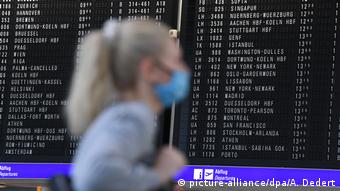
Non-EU nationals can only come to Germany if there is a strong case
Citizens of other non-EU and Schengen countries, including Russia, Ukraine and Belarus, can still enter Germany only if there are good reasons. Among them – study, professional activity in areas critical for the German economy, treatment in Germany, family reasons (birth of a child, wedding, funeral of a family member, care of relatives). The full list of reasons to cross the German border is published on the page of the country’s Interior Ministry.
France, the world’s top destination for tourists arriving, continues to severely restrict entry rules. Today, the country is open to CITIZENS of the EU and the Schengen area, as well as citizens of Australia, Canada, Georgia, Iceland, Japan, South Korea, Thailand, Tunisia, Monaco, Switzerland, Great Britain and Uruguay. Citizens of other countries outside the European Union need good reasons to enter France – similar to those in Germany. Their list is available on the website of the French Ministry of Foreign Affairs.
On 7 October, the Italian Government decided to extend the state of emergency in the country until 31 January 2021. Entry to Italy for foreign nationals – including from a number of EU countries – is still severely restricted. Only citizens of San Marino and the Vatican have the right of unhindered entry. Residents of the rest of the EU must complete a form of personal data and the purpose of the trip when crossing the Italian border. Citizens of Belgium, France, the United Kingdom, the Netherlands, the Czech Republic and Spain must also present a negative test for coronavirus, obtained at least 72 hours before entering Italy.

The number of foreign tourists in Italy as a result of coronavirus has decreased significantly
Tourists from Australia, Georgia, Canada, Japan, New york, Rwanda, South Korea, Thailand, Tunisia and Uruguay will have to travel to their final destination only by private transport upon arrival in Italy. Upon arrival, they must ask the local health authorities to take a coronavirus test. Entry for citizens of other countries to Italy – as in Germany and France – is allowed only in exceptional cases. Full details are available on the Italian Foreign Ministry’s website.
The list of countries that are allowed to enter Spain, inaddition to the EU and Schengen countries, includes Australia, Canada, China, South Korea, Georgia, Japan, New zealand, Rwanda, Thailand, Tunisia and Uruguay. For citizens from the rest of the world, entry to Spain is temporarily restricted. Exceptions have been made for the immediate family members of Spanish nationals who come to Spain to employ medics, soldiers and members of humanitarian organizations performing their official duties. Students who study in Spain or in another EU and Schengen country can enter Spain 15 days before the start of the semester , if they have the appropriate visa and health insurance. More information can be found on Spain’s official tourist website.
Citizens from most countries are allowed to enter the UK, but must undergo a 14-day quarantine. The government has drawn up a list of so-called tourist corridors – states from which tourists do not have to observe two weeks of self-isolation. The list is regularly updated on the uk government’s official website. Russia, Ukraine and Belarus are not members of it.
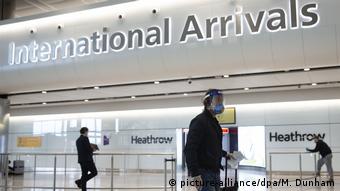
Most tourists who come to the UK go on a 14-day quarantine
All tourists entering the country, regardless of nationality and country of departure, must complete a special electronic form with contact details and details of the trip within 48 hours prior to entering the UK. It is filled on the official government website.
It should be noted that national tourist corridors may differ from those in England, Northern Ireland, Scotland and Wales.
Where in Europe are non-EU travellers accepted?
Croatia,a member of the European Union, also allows citizens of non-EU or Schengen countries to enter. At the airport or at any other croatian border crossing, foreign tourists must present a negative test for coronavirus, made within 48 hours of entering Croatian territory. In the absence of a test, it will have to pass on the spot at its own expense and remain in self-isolation until a negative result is obtained. Full information can be found on the Croatian Government’s website,which explains all the issues related to the measures against coronavirus.

Tourists arriving in Croatia must present a negative test for coronavirus
Ireland,also part of the EU, is open to most travellers from all over the world. However, citizens of countries not on the government’s permanent green list must undergo 14 days of isolation upon arrival in Ireland. They are also required to complete a form showing contact details and travel details – online or at the airport. The green list and the rest of the information can be found on the Irish Government’s official website, the section on coronavirus issues.
An EU member of Malta allows citizens of all countries to enter its territory without showing a negative result of the PCR test or passing quarantine – provided that they come from a country included by the Maltese authorities in the list of safe states, and have previously spent at least 14 days there. Full details are available on the Malta Foreign Ministry website.
Montenegro,which is not a member of the EU, is open to citizens from countries included in the green list, which also includes Russia, Ukraine and Belarus. Tourists from the “yellow list” states (including Australia, Israel, Serbia and the United States) must present a negative test result of PCR, made no more than 72 hours before entering the country, or a positive test for antibodies. Full information can be found on the Montenegrin government’s website.


